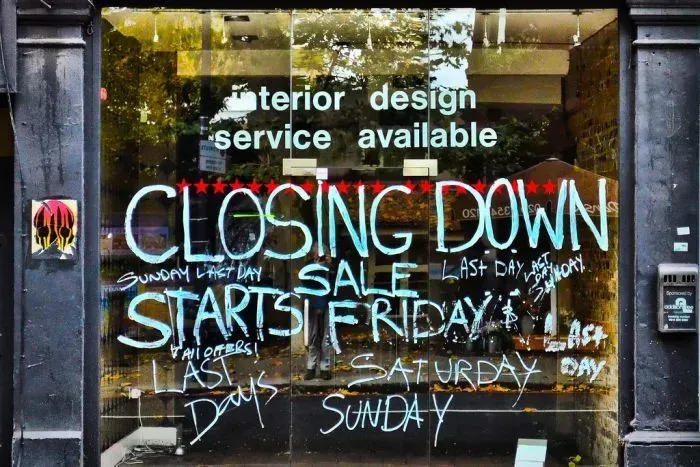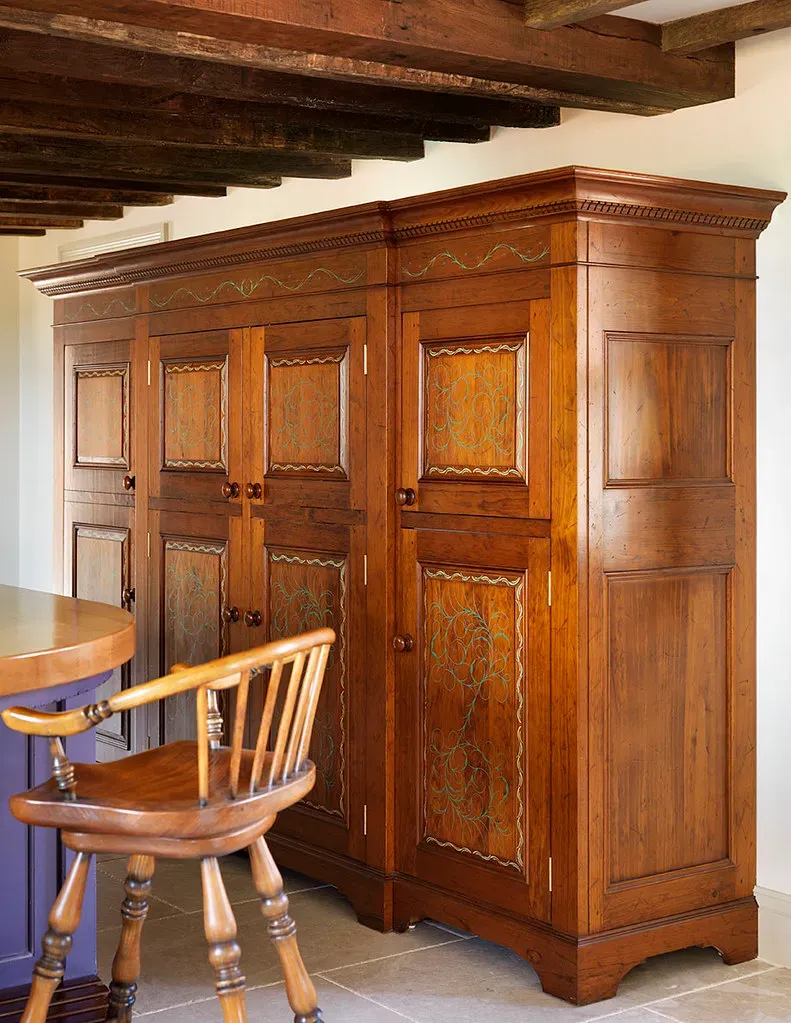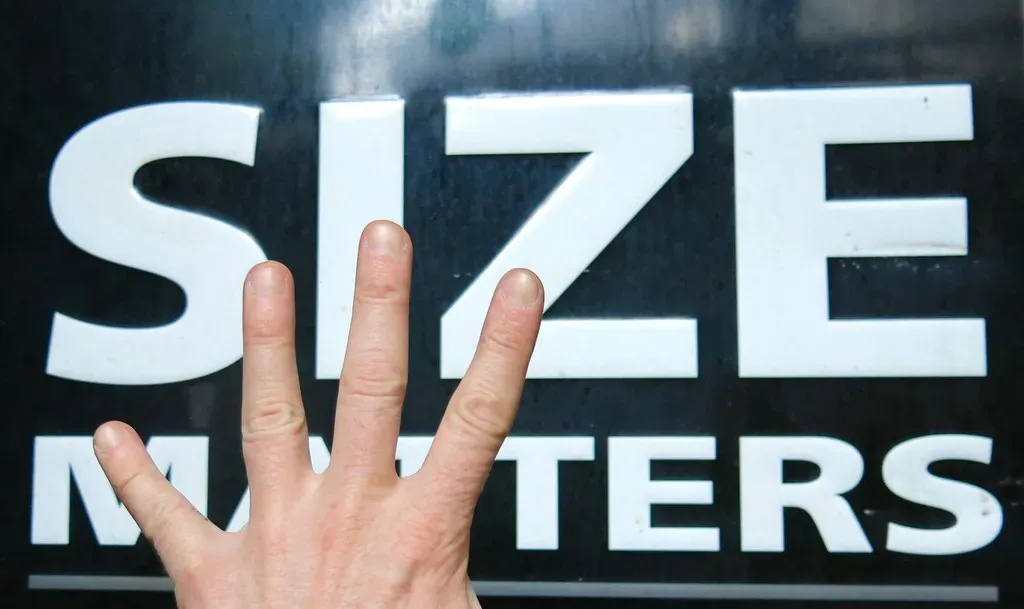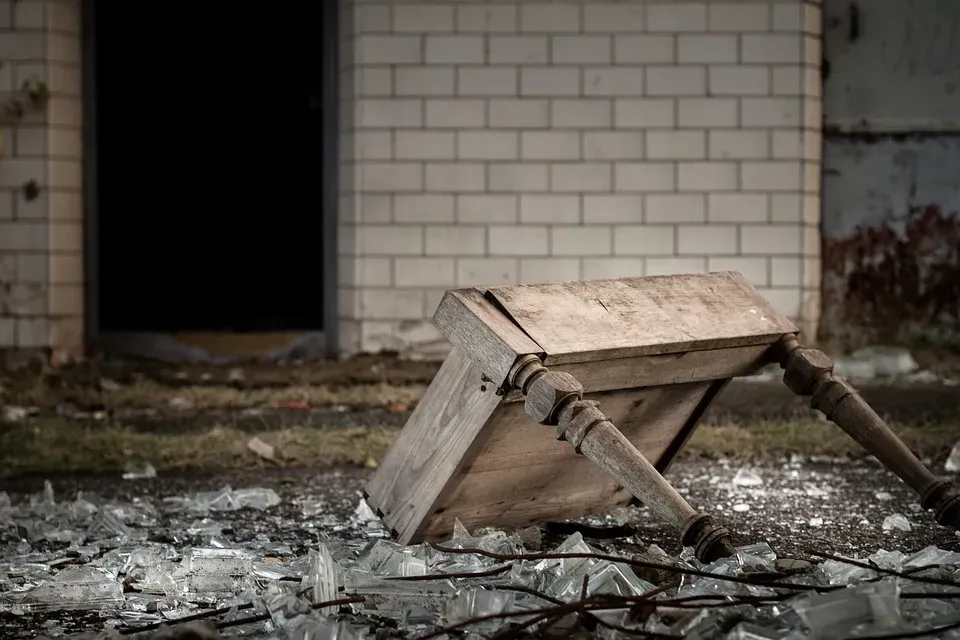Of Course The World of Antiques has changed, so why haven't you?

James Broad
Jan 30, 2021 | 6 min read


“It’s not the same as it once was” — a saying I hear on a daily basis, which honestly, drives me crazy. Obviously in this day and age, the antique world (along with pretty much everything else!) has changed, however it is important to realise that it has (in some respects) changed for the better. Gone are the days of standing at a fair at 4:00am in the blistering cold with your gloves, woolly hat, 12 jackets and a cup of coffee. Instead, we are lucky enough to be in a generation where stock can be sold on a global scale, businesses can be branded without even paying for a physical premises; there is a portal of infinite knowledge (known as Google) that is accessible 24/7; we all have a mini computer in our pocket meaning we can find prices of an item instantly, there are online marketplaces fighting for our attention to help us sell our wonderful pieces and there is now no need to attend an auction all day to wait for that one piece — instead you can be at home and bid online. Some would call all of these things lazy, I personally would call this smart. We no longer need to think like a factory worker, instead we are in a generation where we can work from home and really start to enjoy what we do.

I want to shed a light on the misconception that antiques are becoming extinct, (they aren’t) the only thing that is changing is they way that antiques are bought and sold. I want to try and explain why things are becoming harder to sell, what can be done to improve sales, the type of products you should be buying, what should be considered before investing in certain pieces, how to restore your items and where you should then be selling them. I will be releasing a series of articles each week so be sure to follow my medium account if these are all things which will interest/help you in becoming a successful antique dealer!
Part 1 of many — Think before you buy

Furniture is obviously built for a purpose — blanket chests used for storing all the household linen and blankets, buffets used for serving dinner ware, large dining tables are for hosting guests and housekeepers cupboard used to store cleaning products and utensils. So, lets think about this now, how many blankets do you have in your home — enough to fit in a large mule chest? Probably not. How often do you feed 12 guests around the table? I know it’s not something I have done in the past. Do you really have that many cleaning products that you need a huge unit to store them? If you do, your home must be incredibly clean and I applaud your dedication to cleanliness! The point is, some antique furniture has become obsolete in our modern world and this is something you need to consider when it comes to potentially selling on your investment. Obviously,a lot of things are multi purpose, but before you buy the item, think of what it could be used for and this should help you decide on the products’ sale-ability.

Don't listen to what she told you, size does Matter....
Nowadays, houses spring up incredibly quickly partly due to the fact that they are much smaller than a typical Georgian townhouse or Victorian Terrace. Because of this, modern furniture tends to be smaller than its’ antique counterparts. So as a dealer, this is something you need to consider when buying furniture. For the most part, larger pieces of furniture (think chiffoniers or buffets) are rarely seen in today’s homes — people simply don’t have the space or even the need. Instead, smaller pieces of furniture such as desks, chairs, bedsides, coffee tables and side tables are more practical and therefore, far more saleable.
Trends
Fashion is constantly evolving, so its vital to keep up to date with the latest trends. In order to not get left behind, spend time reading relevant magazines, read blogs, follow industry leaders on social media and generally keep an eye on the antique circle. I know plenty of dealers who have more knowledge than I could ever dream of about products that just aren’t in fashion any more and although this knowledge is impressive and will have taken years to glean, the fact of the matter is that in order to be successful in today’s market, being able to adapt to the trends of the day is hugely important.
Condition is key
When it comes to furnishings, the condition is incredibly important. There are several key questions you need to ask yourself about the condition. Does the item look nice? Some items look gorgeous with a bit of wear to them, and shabby chic is a style that a lot of people love — to an extent. Is the item fit for purpose? As in, that Stag chest looks in perfect condition but the drawers stick and can’t easily be open — if you are able to remedy small imperfections like this, then this would be great investments as you are guaranteed to get more than you paid for it. If the answer is no, then you would be better off finding something in decent, usable condition to sell on instead.
One of the best questions to ask yourself is would I have this in my home? A vase with a chip or crack, a chair with no padding, a coffee table covered in water rings. If you wouldn’t want these things in your home, why would anyone else? Remember, items are normally cheap for a reason, so unless you know how to refurbish or restore, it’s probably best to stick to products that are in better condition so you are not left with stock you can’t shift!

Don't Bid Blind, it's a costly mistake to make...
As I’ve said many times, auctions are one of the best places to invest in antiques, however one of the biggest mistakes you can make when buying from auctions is bidding blind. Obviously we understand that it is not always possible to view every item, especially when bidding online at non local auctions but there are normally a few giveaways that should be able to guide you as to whether this item is the best place for your investment. Any auction where you can bid online will have photos and though these are not normally the best photos, you should be able to tell the quality and condition of the item. If not, there will always be a description which should (hopefully!) give you an indication of any damage, but I’d always recommend getting a condition report if you haven't viewed the item yourself, it’s better to be safe than sorry! The estimated sell price is always another giveaway — if something seems too good to be true (or too cheap to be decent!) then it probably is. Something I have learnt the hard way — imagine spending £240 on a beautiful Moorcroft vase believing it to be worth £800 only to collect it and find a chip on the rim AND that it was only a second quality (essentially a factory reject) meaning it was only worth a heartbreaking £100. A mistake I have not and will not make again!


